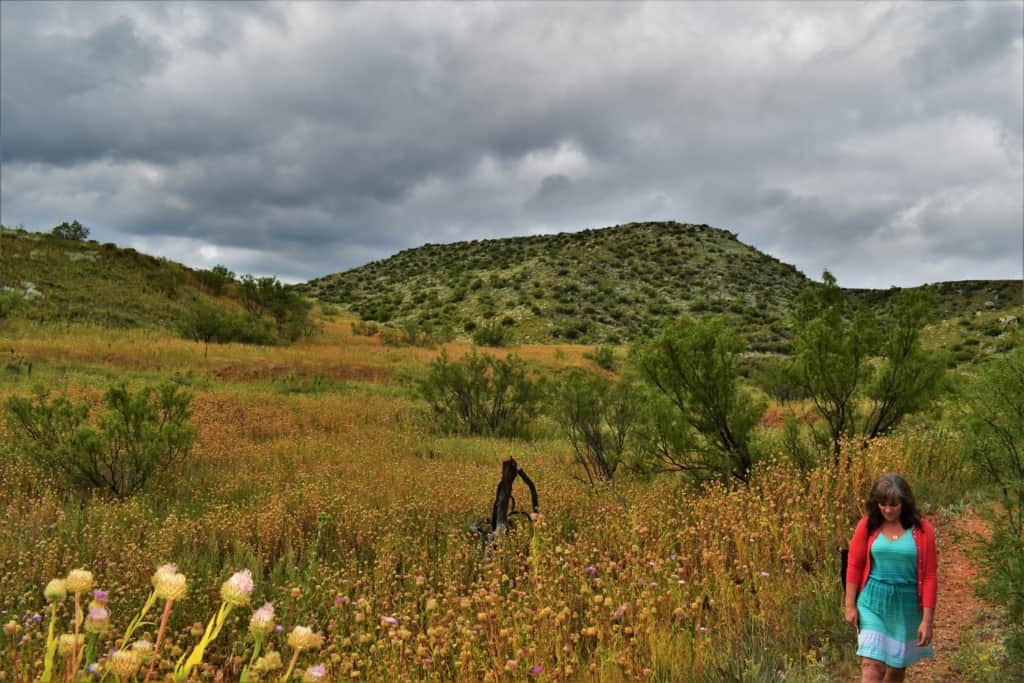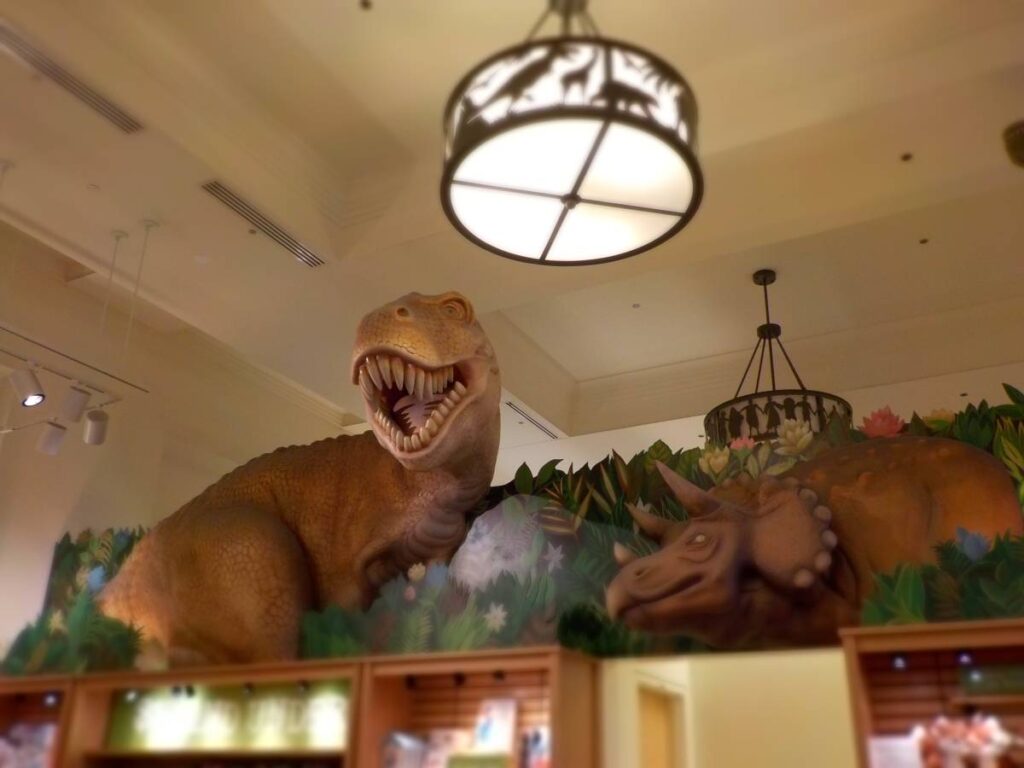When we planned our visit to Amarillo, there was an unusual stop that we wanted to catch, which lies north of the city. The Alibates Flint Quarries National Monument is the only park in Texas dedicated to preserving the quarries of the native peoples. The admission to the park is FREE and includes the beautiful scenery of nearby Lake Meredith. We arrived early enough to beat opening time, which allowed us a few moments to explore the landscape.
We want to thank Visit Amarillo and Alibates Flint Quarries for their hospitality. Rest assured all opinions are our own.

Panhandle-Plains
Coming from a recent visit to Lindsborg, Kansas provided us with a chance to approach Amarillo from the north. (You can read about our Lindsborg visit here.) The Alibates Flint Quarries are open seven days a week, except holidays. As we explored the grounds around the visitor’s center, we made note of the vegetation. Some of the shrubs and flowers were familiar to us. Others were clearly native to this part of our world, and probably wouldn’t be happy in our neck of the woods. Everywhere we looked, the rocky hillsides dominated the landscape. Peeking out from below, we would catch glimpses of the familiar red soil of the Canadian River valley.

Early Explorers
When the staff noticed us meandering, they opened the doors and invited us inside. We started our visit by watching a short video about the native Indians who originally excavated this site. After this introduction, it was time to explore the on-site museum. It is estimated that the Clovis people were the first to excavate the flint that is common to this region. In many places, the flint outcroppings have been exposed, and pieces can be seen without digging. This would probably have been how the flint was originally discovered.

What’s So Special?
What drove us to stop at this particular site? When we read some background on the quarries, we were wondering what made this flint so special. It was apparent that a visit would be required to get answers to our questions about the people and uses of this special kind of rock. Flint is a hard form of quartz that is usually found with limestone. The appearance is most commonly gray, black or brown. Clearly, the color variations found at the Alibates Flint Quarries must have made for some prized pieces. This amazing mineral can be chipped to produce sharp-edged tools and weapons, in a process known as “knapping”.

Alibates Flint Quarries Products
As we explored the exhibits at the museum, we found that flint was used for a wide range of tools. Most of us would immediately think of arrowheads, which were an important aspect of hunting. Using the same design, except on a larger scale, would produce spearpoints. Flint also had an important role in other aspects of life for the native Indians. Spokeshaves could be formed, which were used to shape wooden rods and staffs. Most commonly these would be the shafts of arrows. This versatile mineral could also be shaped into awls and drills.

Trade Value
The value of the flint pulled from the Alibates Flint Quarries would spread across much of southern North America. While the first native Indians to discover it was probably nomadic, later tribes would settle in the area. Around 1000 years ago, there were villages of tradespeople who trafficked in this versatile material. Dotted across the Canadian River valley, are quarry pits that tell the tales of previous excavations. Pieces made from this area have been found as far north as Montana, to the south in Central Mexico, and to the east up to the Mississippi River. It is safe to assume that the tools crafted from the Alibates Flint Quarries were used for trade among various tribes.

Take a Hike at the Alibates Flint Quarries!
Our visit had given us a better understanding of the significance of this site. The timing of our visit didn’t allow for one of the FREE ranger-led hikes, but the staff told us about a nearby trail that we could fit into our visit. As we hiked through the high plains terrain, we imagined what the area meant to those first explorers. Along the path, we could spot shards and pieces of the local flint lying on the ground. The unique coloring of the stones is certainly entrancing. It made us think back to our childhood when we watched the ground for the chance to find an arrowhead. While we only found a handful over all of those years, we now have to wonder if any had come from one of these quarries. Did you collect arrowheads as a youth?






The flint quarries were definitely a great place to stop. Wish I’d known about them when I’ve passed through Amarillo on road trips. Interesting American Indian history and it looks like a beautiful area for a walk.
Perhaps you will pass that way again, and have a chance to see for yourself.
What a neat opportunity to learn about Native American culture!
Absolutely!
Very interesting to find out about this material flint that was so important to native Americans. It is also fitting that there is this national monument to preserve that part of our history. Alibates Flint Quarries National Monument
Glad you found some interesting information in our article.
We will be traveling through this area and have decided to plan a stop. Have you visited Pipestone National Monument in Minnesota? Also a quarry where stone was dug for and then used for making peace pipes. They had on-site indigenous people carving the stone.
We have not. I’ll have to see if we will be near it during our upcoming Minnesota adventure. Thanks!